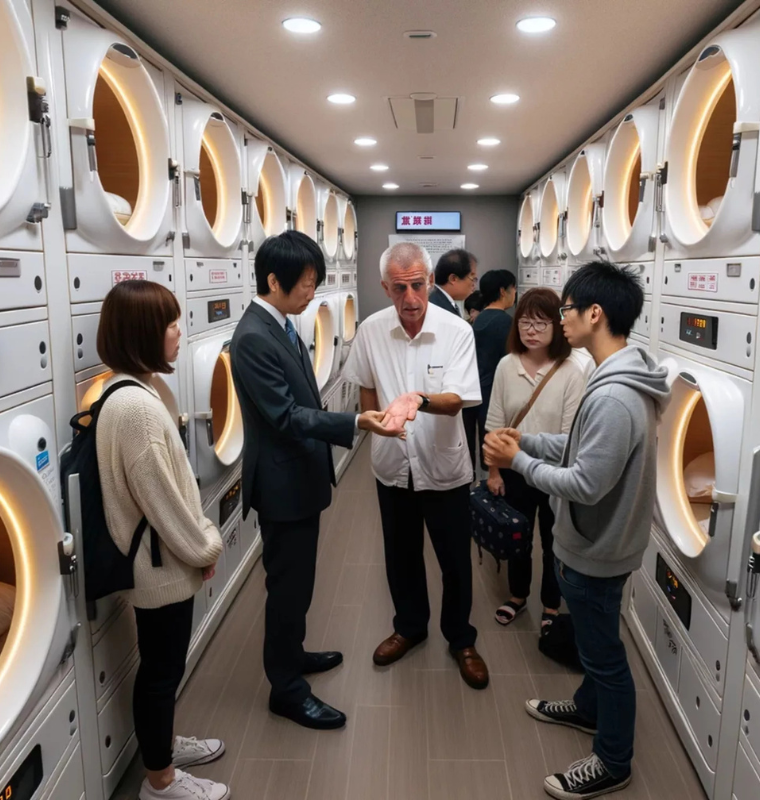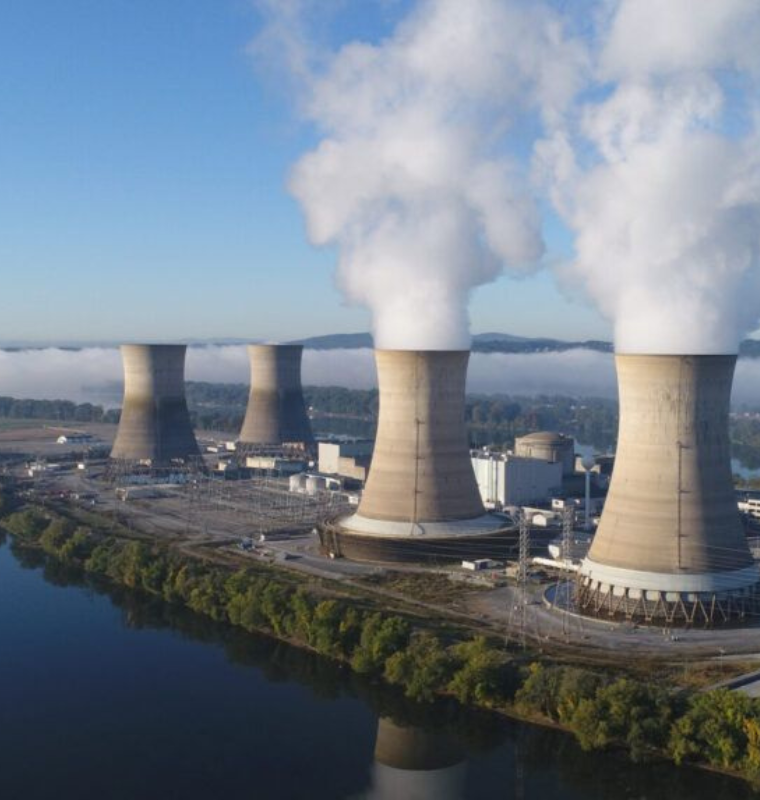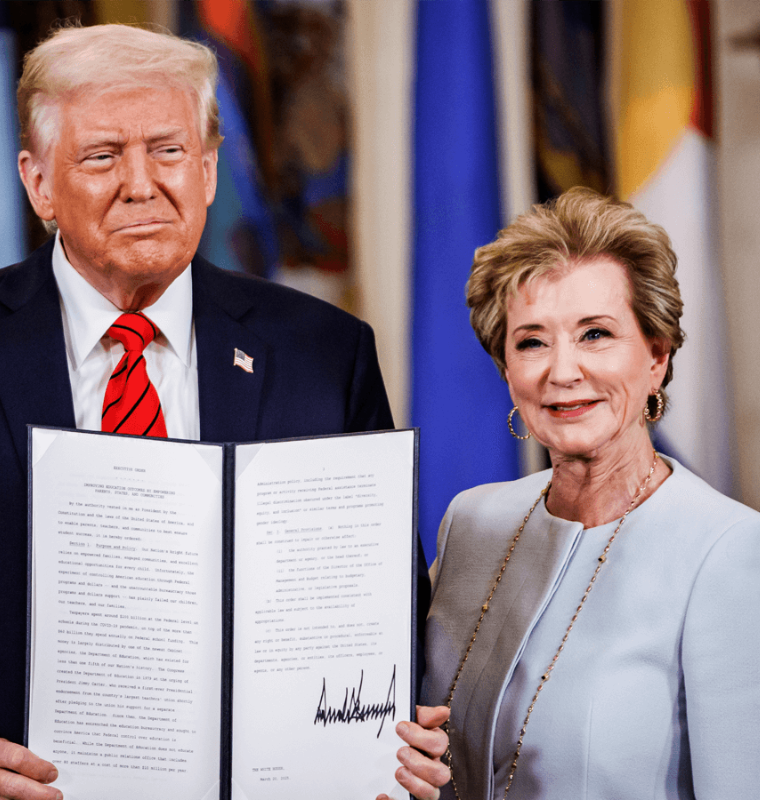Tesla Secures Arizona Approval for Ride-Hailing Expansion
Tesla Secures Arizona Approval for Ride-Hailing Expansion
By
Rachel Steinberg
Last updated:
November 19, 2025
First Published:
November 19, 2025

Photo: Electrek
Tesla has received its first major green light from Arizona regulators, securing permission to operate a ride-hailing service in the state — a step that brings the company closer to deploying a commercial robotaxi network in key U.S. cities. The Arizona Department of Transportation confirmed that Tesla’s application for a “transportation network company” permit, submitted on November 13, was approved earlier this week.
The permit allows Tesla to begin laying the groundwork for ride-hail operations, though the company will still need to obtain separate approvals before offering a fully autonomous robotaxi service. The move reflects Tesla’s growing push into the mobility-as-a-service sector, a competitive field where several rivals already have a substantial head start.
Tesla’s Growing Testing Footprint
Tesla has been expanding its autonomous vehicle testing across the country. In July, the company applied for permission to run autonomous operations in Phoenix with and without human safety drivers. That followed the June launch of its robotaxi pilot program in Austin, Texas, which currently uses safety valets and remote operators to monitor the vehicles.
The company also operates a traditional ride-hail service in the San Francisco Bay Area, giving Tesla early experience in fleet-based mobility services. Tesla has indicated it intends to remove human safety drivers from vehicles in Austin before the end of 2025, accelerating its push toward fully driverless operations.
The company’s broader goal is to launch a commercial robotaxi fleet in Phoenix and several additional U.S. cities by late 2026. However, federal data shows ongoing safety concerns. The National Highway Traffic Safety Administration reports that Tesla vehicles equipped with automated systems were involved in seven collisions shortly after the Texas pilot began, highlighting ongoing scrutiny of the company’s technology.
Competition Far Ahead in the Robotaxi Race
While the Arizona permit is a milestone for Tesla, industry competitors remain significantly ahead. Alphabet’s Waymo operates the most advanced and expansive autonomous ride-hail network in the U.S., and Phoenix is one of its strongest markets. The company runs a fleet of at least 400 fully autonomous vehicles in the region and in May announced it had surpassed 10 million driverless rides served nationwide.
In China, Baidu’s Apollo Go is experiencing explosive growth. In its latest earnings update, Baidu reported that Apollo Go delivered 3.1 million fully driverless rides in the third quarter of 2025 alone — a 212 percent increase year over year. These numbers underscore the intensity of the global race to dominate autonomous mobility.
Despite lagging in commercial deployment, Tesla CEO Elon Musk continues to champion the company’s long-term vision for autonomy. At Tesla’s 2025 shareholder meeting, Musk said the “killer app” for self-driving vehicles will be the ability for passengers to safely “text and drive” or even “sleep and drive.” He reiterated Tesla’s belief that its technology is nearing a breakthrough, despite acknowledging similar predictions made in past years.
Popular articles
Subscribe to unlock premium content
The Trend of Renting Time Capsules Rooms Designed to Freeze You in a Past Decade

The Rise of High-End Silent Yoga Classes for Ultra-Focused Mindfulness

Discovering the Stars Above the City Lights

The Trend of Renting Time Capsules Rooms Designed to Freeze You in a Past Decade

The Rise of High-End Silent Yoga Classes for Ultra-Focused Mindfulness

The Trend of Renting Time Capsules Rooms Designed to Freeze You in a Past Decade









